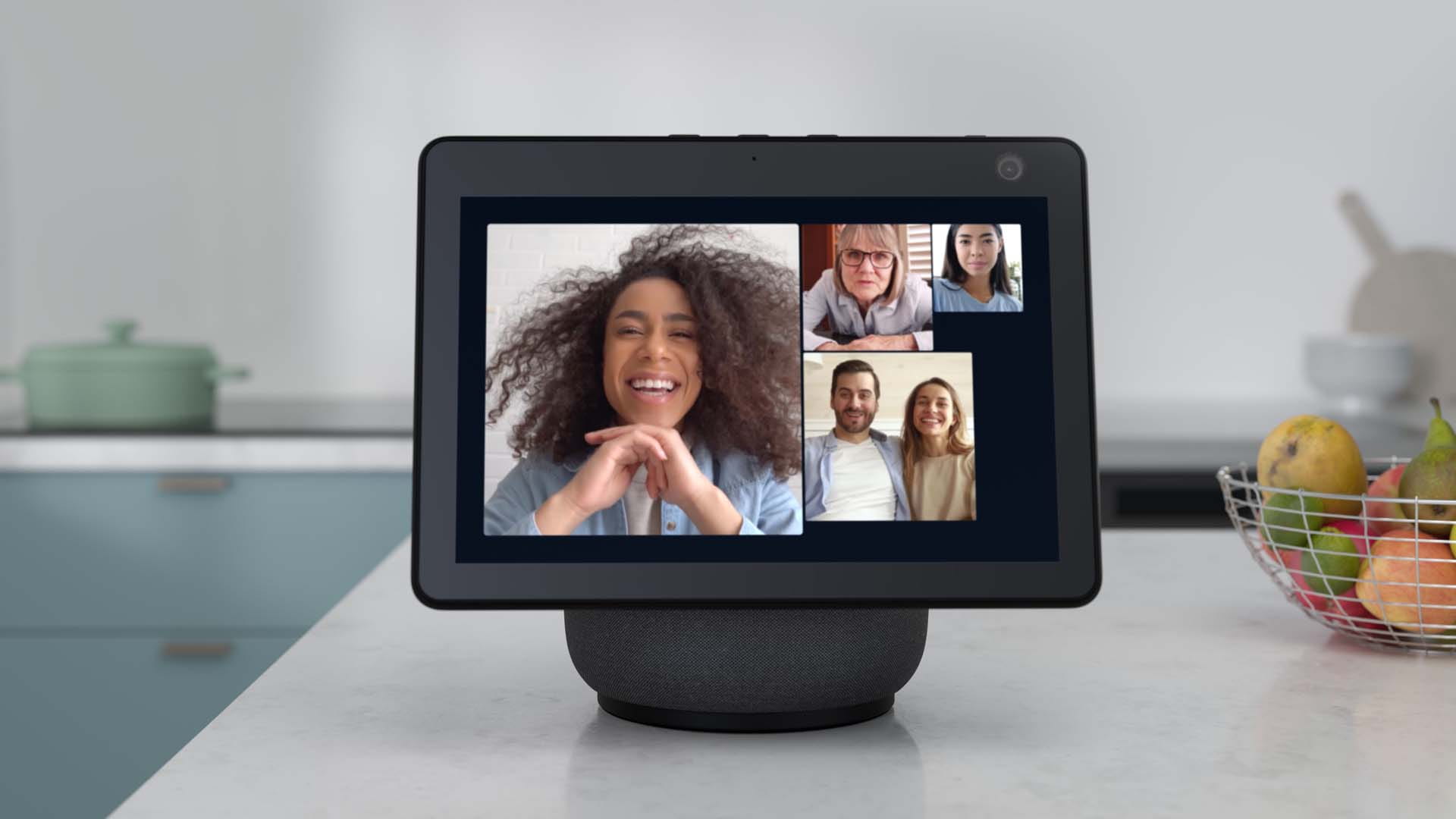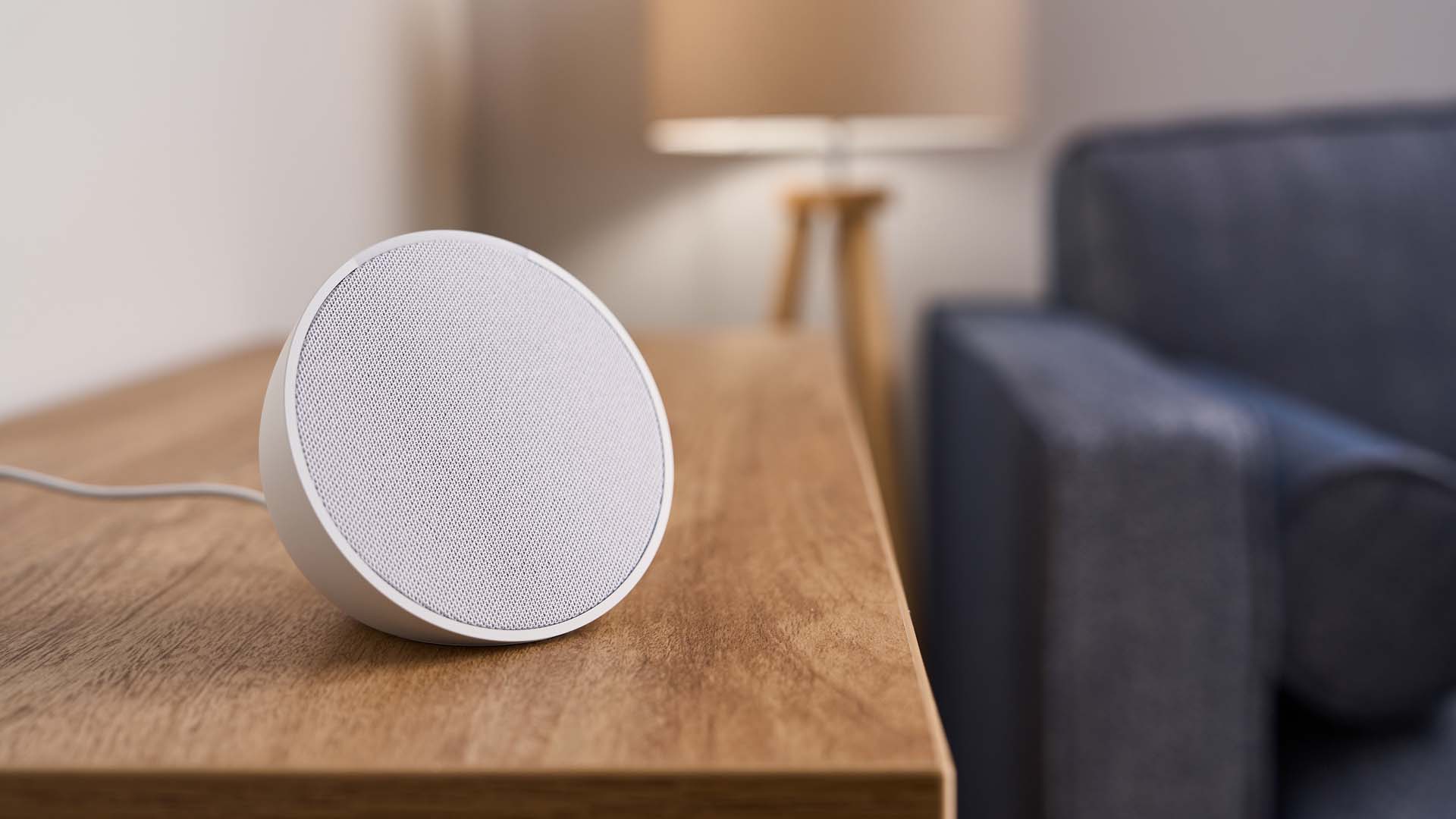
The Echo Pop is Amazon’s smallest smart speaker, but does size matter?
Amazon also offers the same Pops in a range of sleeves with an RRP of £44.99. The sleeves are blue, grey, lilac, orange, red, purple or a fun glow in the dark option.
Like other Echo devices, this is a smart speaker. It has the Alexa digital assistant, which offers impressive question-answering capabilities, and effortless control of compatible smart home devices such as Hue lights, smart thermostats and many smart TVs, too.
Amazon Echo Pop, RRP £44.99
We’re old hands when it comes to smart speakers: our home already has multiple Echo devices, so we were able to compare the Echo Pop to existing Echos in terms of sound quality, design and performance.
To test the Pop we used it as our everyday smart speaker – playing our music and podcasts, controlling our smart lights, telling us the weather forecast, setting timers in the kitchen and answering all kinds of questions.
As the Echo Pop is primarily designed for voice control, we did most of our testing via voice commands, but we also used the Alexa app to add new skills, organise the Echo Pop into rooms and to communicate with other devices.
The Echo Pop is mains-powered and doesn’t contain a battery. The box contains one Pop and one charger, and once you plug it in it glows orange and waits for you to open the Alexa app on your phone.
The app then connects the Echo Pop to your Wi-Fi. You can also stream audio directly from devices via Bluetooth.

Amazon has always been good at the out-of-the-box experience, and the Pop is no exception: the whole setup process is quick and easy, and the app instructions are clear.
The Alexa app enables you to organise multiple smart devices into groups and specific rooms, enabling you to give a command such as “Alexa, play Radiohead in the kitchen”.
Some of Amazon’s Echo devices have been horrible looking in the past, but in the right colours this is one to display proudly. It’s quite easy to clean – important if you’re going to put yours in the kitchen or within reach of chocolate-covered small fingers – and because it’s small you can put it pretty much anywhere.
There’s a thin light bar at the very top of the Pop, which is a status indicator: it glows orange during setup and uses a white indicator when you change the volume.

Just behind it on the top of the device you’ll find three buttons: volume up, volume down and a button to turn off the microphones. This is designed as a privacy protector but it also turns off Alexa’s voice recognition.
The voice assistant here is, of course, Alexa. The microphones in the Pop are impressive, picking up our voice from across the room without us needing to shout.
We’ve consistently found Alexa to respond faster and more accurately than Apple’s Siri, and that’s the case here, too. Alexa is lightning fast and copes happily with our Irish-inflected accent and the kids’ broad West Coast Scots.

Alexa is superb out of the box, with an impressive ability to answer questions ranging from unit and currency conversions to weather forecasts, traffic updates and the weird questions children like to ask when you’re concentrating on something.
You can also call other Alexa users from your Pop, and you can use it to set timers and reminders. Amazon offers a good selection of accessibility features including Adaptive Listening, which makes Alexa more patient with speech; Preferred Speaking Rate; Kindle Read Aloud and many other features for people with accessibility needs around vision, hearing, mobility and speech.
We actually jumped the first time we heard the Echo Pop: it’s astonishingly loud for such a small device. The Echo Pop is sonically very similar to Amazon’s other small speaker, the Echo Dot, so it’s more Radio 4 than Radio Gaga. We found that with speech radio, podcasts and Audible audiobooks it delivered an impressively big sound that was perfect for soundtracking our stir-fries and subsequent kitchen cleanups.
If you have multiple Echo devices you can ask Alexa to play music on some or all of them simultaneously. You can also use your Echos as an intercom, for example by calling in your partner from another room.
For music, the news isn’t so good: there’s only so much you can do with such a small speaker, and the Pop isn’t a great music player.

It’s ironic, but the Pop isn’t great for pop: on acoustic tracks, Taylor Swift’s voice sounds sweet as ever but her backing band is barely audible – the bass guitar is almost entirely absent and the overall sound is very boxy.
Swift’s more electronic-type songs sound awfully harsh at reasonable volume levels, as does the aforementioned Radio Gaga by Queen, and in fact all the rock music we tried.
Classical music is more successful, but it’s still very lacking in the low end where the cellos, basses and kettle drums live.
You can improve things slightly by putting your Echo Pop on a resonant surface such as wooden furniture – we put ours on top of our old piano, which improved the bass a little bit – but the Pop is not great for most kinds of music unless you want it to play fairly quietly in the background.
Alexa is very impressive, but he or she – you can change the voice’s accent and gender, although there are fewer country-specific voices than some rival smart assistants – gets smarter still when you enable an Alexa skill via the phone app.
These allow you to connect Alexa to other devices and services: Philips Hue bulbs, Apple Music songs, BBC Sounds podcasts, pop quizzes, the Recipedia recipe database and more.

The quality of Alexa skills is hugely variable – for every BBC News there’s a Fart Machine (a skill that makes Alexa break wind!).
Some entertainment skills such as quizzes are only free for a short time, with the bulk of their content requiring in-app purchases. But the good ones are very good, and the smart home section covers every conceivable kind of smart home accessory including video doorbells, security cameras, smart thermostats and more.
The Echo Pop is reasonable value for money unless your priority is music. As a smart speaker it’s fantastic: Alexa works wonderfully, responds rapidly and the voice recognition is best in class.
With a few additional skills installed, you can control pretty much any kind of smart home kit, and Alexa is a fount of knowledge.
As an audio device, it’s limited by its small size. It’s fine for spoken word audio, such as radio, podcasts and audiobooks. But if you want more than background music you’d be better off with something bigger and slightly more expensive.
Other small smart speakers to try

Google’s cheapest smart speaker – the Google Nest Mini – costs much the same as the Echo Pop, but if you already have some Echo devices this probably isn’t the smart speaker for you.
If this is your first smart speaker and you organise your life with Google apps such as Google Calendar, though, the Google Assistant in this little speaker is astonishingly good.
The range of supported services isn’t as wide as with Amazon but key services such as Spotify and Apple Music are there. Audible isn’t officially supported but you can stream audio from it, and from other unsupported apps, or your phone or tablet via Bluetooth.
Google Nest Mini, Google, RRP £49
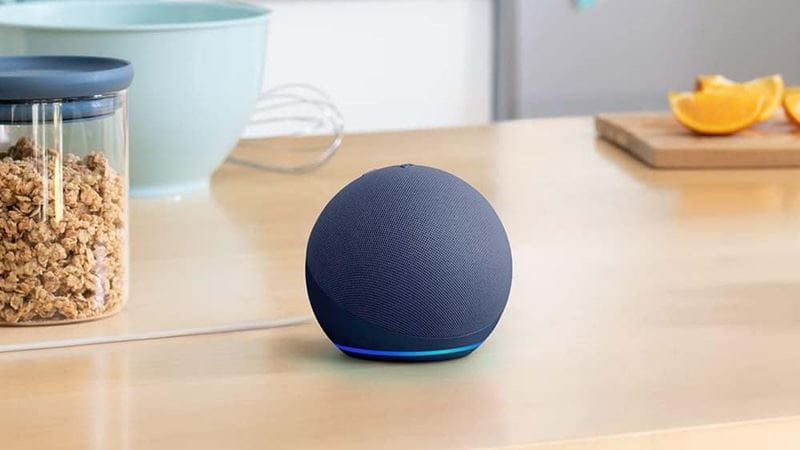
The Echo Dot is a slightly larger, spherical Echo Pop. It has the same excellent Alexa, its microphones are very good and it’s really easy to set up and use. But it has the same issue as the Pop, which is that it’s reliant on a single and relatively small speaker; the next model up, the Echo, has three and sounds considerably better as a result.
The main reason we’re including the Echo Dot here is because Amazon discounts it during sales events, including (but not limited to) Prime Day and Black Friday. In July 2023, it cut the price by 60% – so instead of the usual £54.99, the Echo Dot was on sale for just £21.99.
Amazon Echo Dot (5th Gen), Amazon, RRP £54.99

If you’re all in on Apple – and have an iPhone or iPad, as you can’t set this speaker up without one – the HomePod mini delivers a typically polished experience and sounds much better than similarly priced rivals.
But the downside here is Apple’s voice assistant, Siri, which has fallen far behind other voice assistants in terms of speed, voice recognition and capabilities.
The mini sounds fantastic and you can play multi-room audio with different audio in different rooms, but even after several years of HomePods, Apple’s own software is still very buggy. We find our HomePods often just stop playing for no reason.
Apple Homepod Mini, Apple, RRP £99
This is a very capable smart speaker and smart home controller, and a good option for small spaces such as bedrooms, kitchens and sheds. It’s a decent audiobook or podcast player, but music is not its strong point.
If you’re looking for a simple but effective smart speaker, the Echo Pop is reasonable value for money. But given Amazon’s tendency to discount its own-brand devices, you will almost definitely be able to pick up an Echo Pop for less cash in the coming months; Amazon has already cut the price by 55% for Prime Day, and will no doubt cut the price again.
Writer, broadcaster and musician Carrie Marshall has been a technology journalist for 24 years. Her CV is a who’s-who of magazines, websites and newspapers ranging from T3, Techradar and Woman & Home to the Sunday Post and People’s Friend, and she has been providing no-nonsense technology help and buying advice to BBC Radio Scotland listeners since the early 2000s.
View author page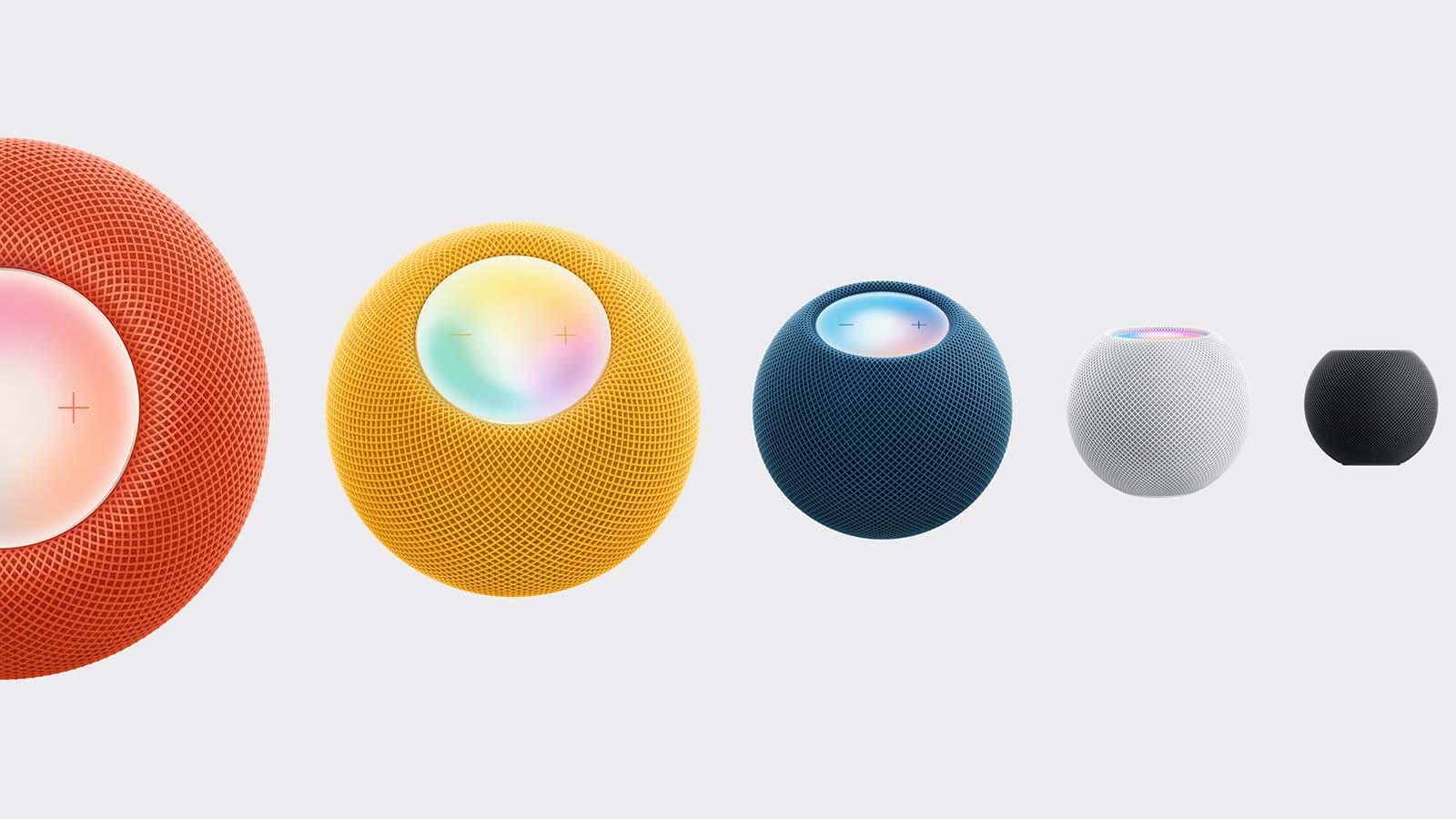
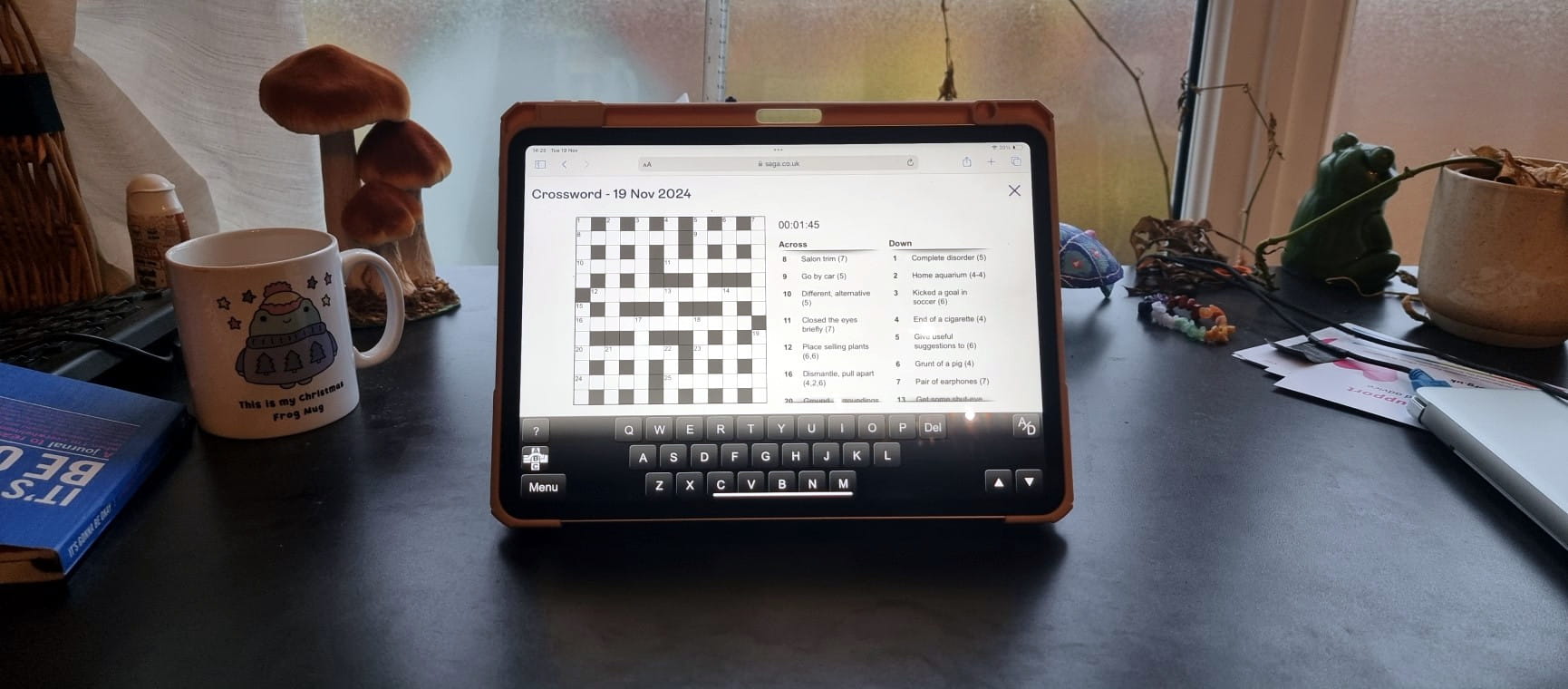
The ultimate guide to Saga Puzzles, full of technical tips, tricks and hints.
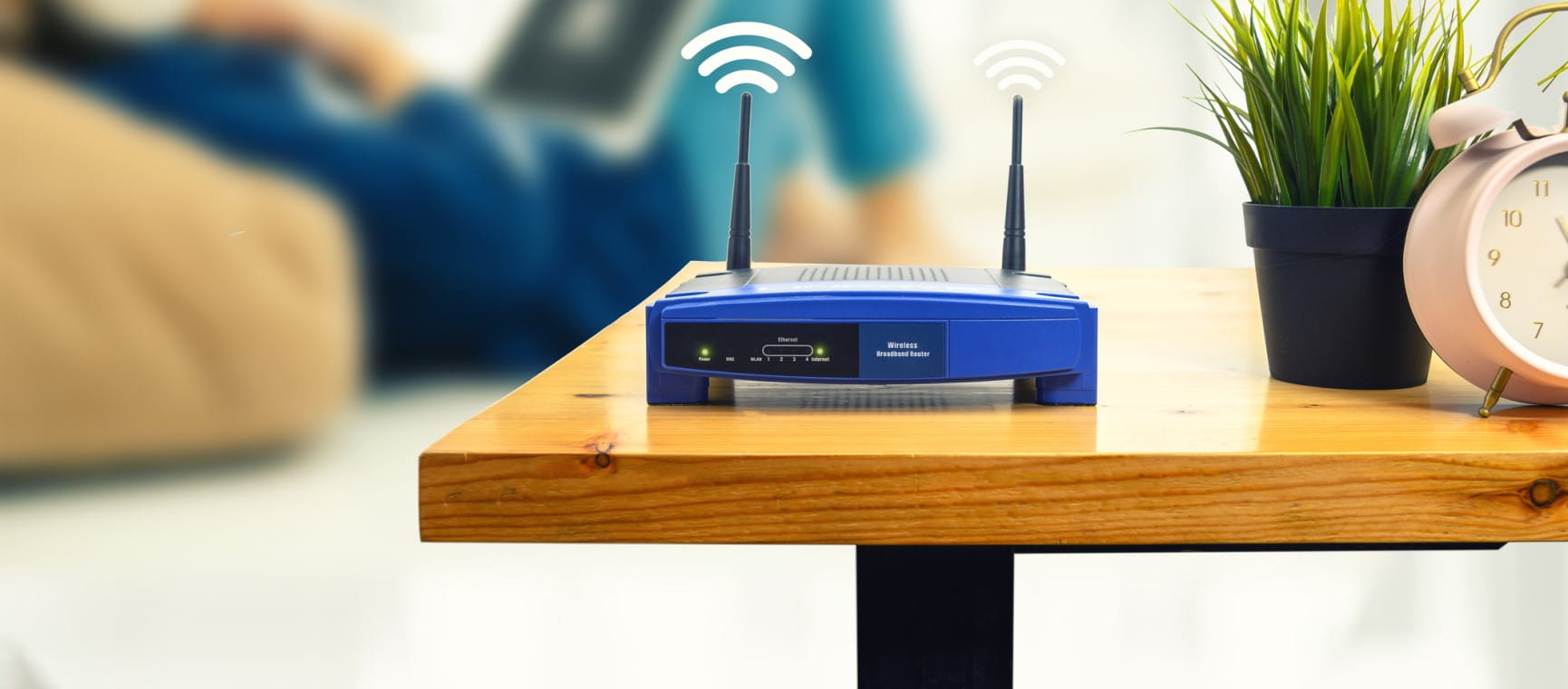
Follow our step-by-step guide to find out your internet speed - and whether it’s your device or broadband that’s slowing you down.

These video doorbells show you who's at your door, even when you aren't home.
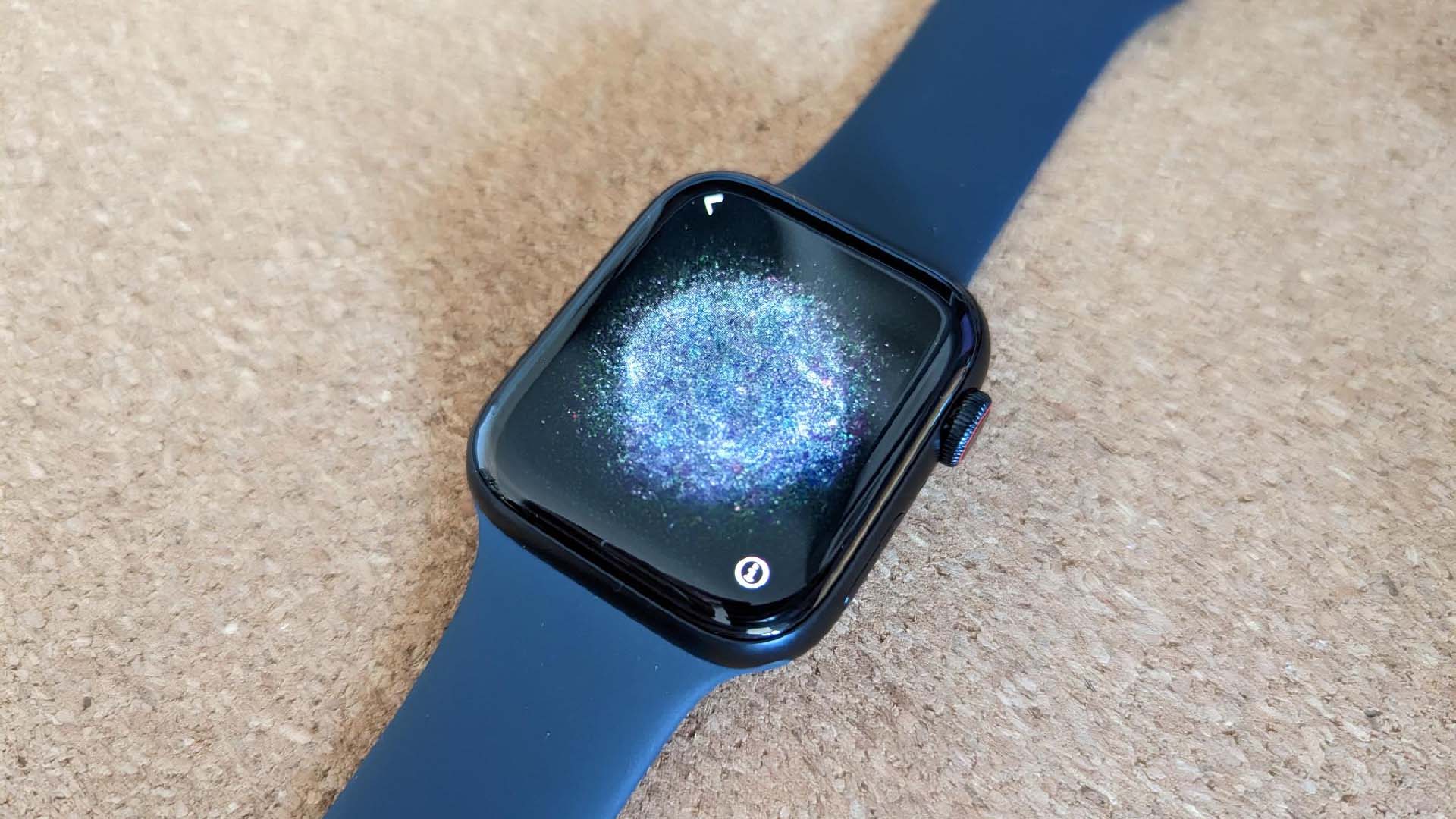
We explain everything you need to know to connect an iPhone to an Apple Watch.
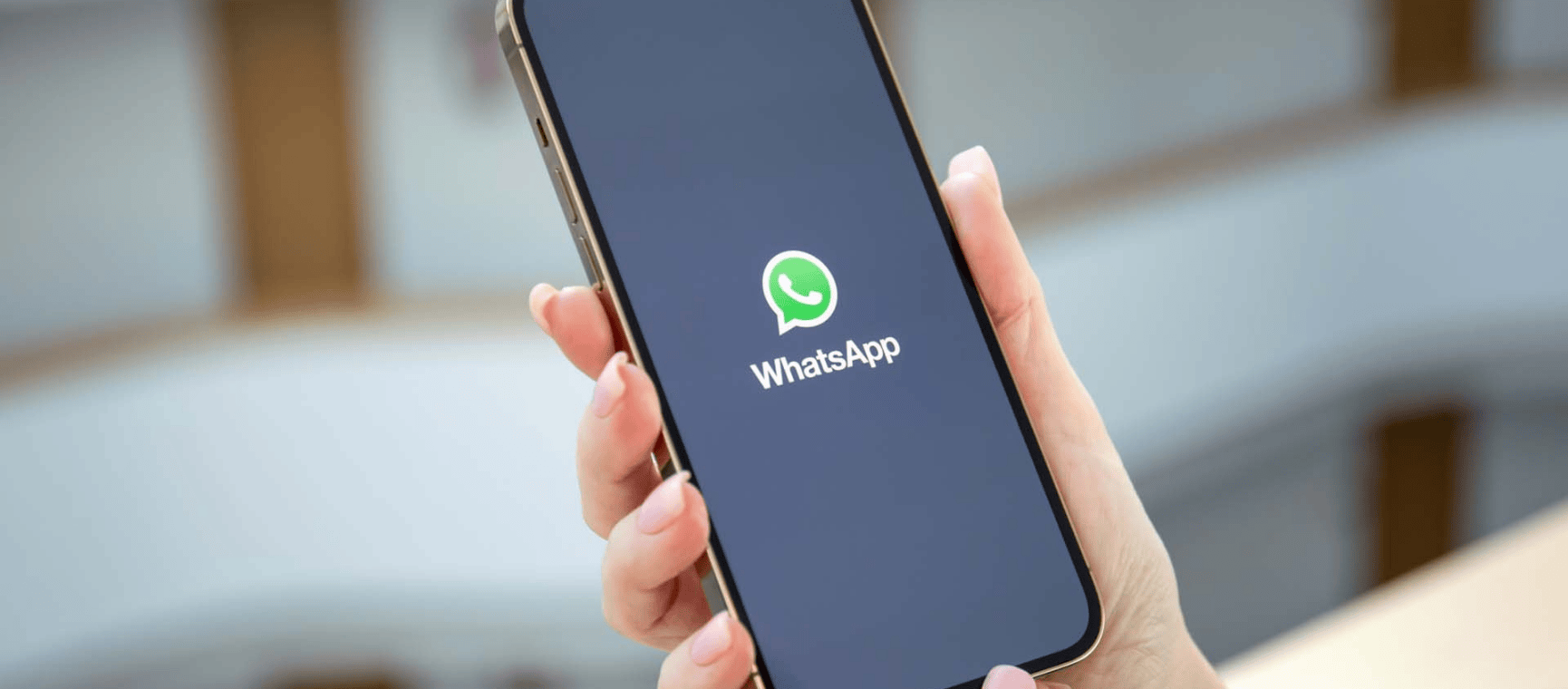
Think you know how to use WhatsApp? We've got some handy tips to help you get the most out of the messaging app.

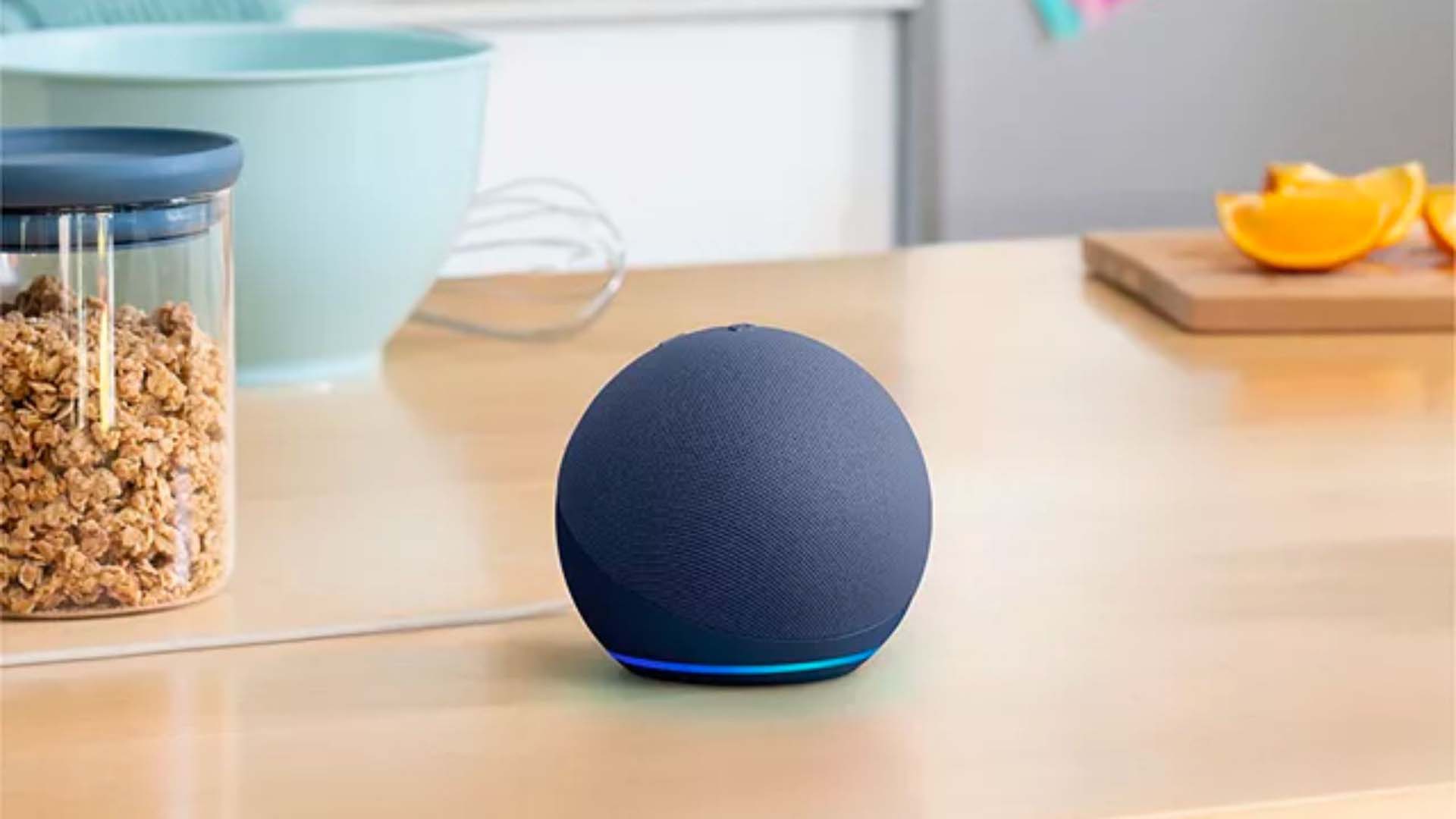
How to change the Alexa command word with this easy-to-follow guide.
